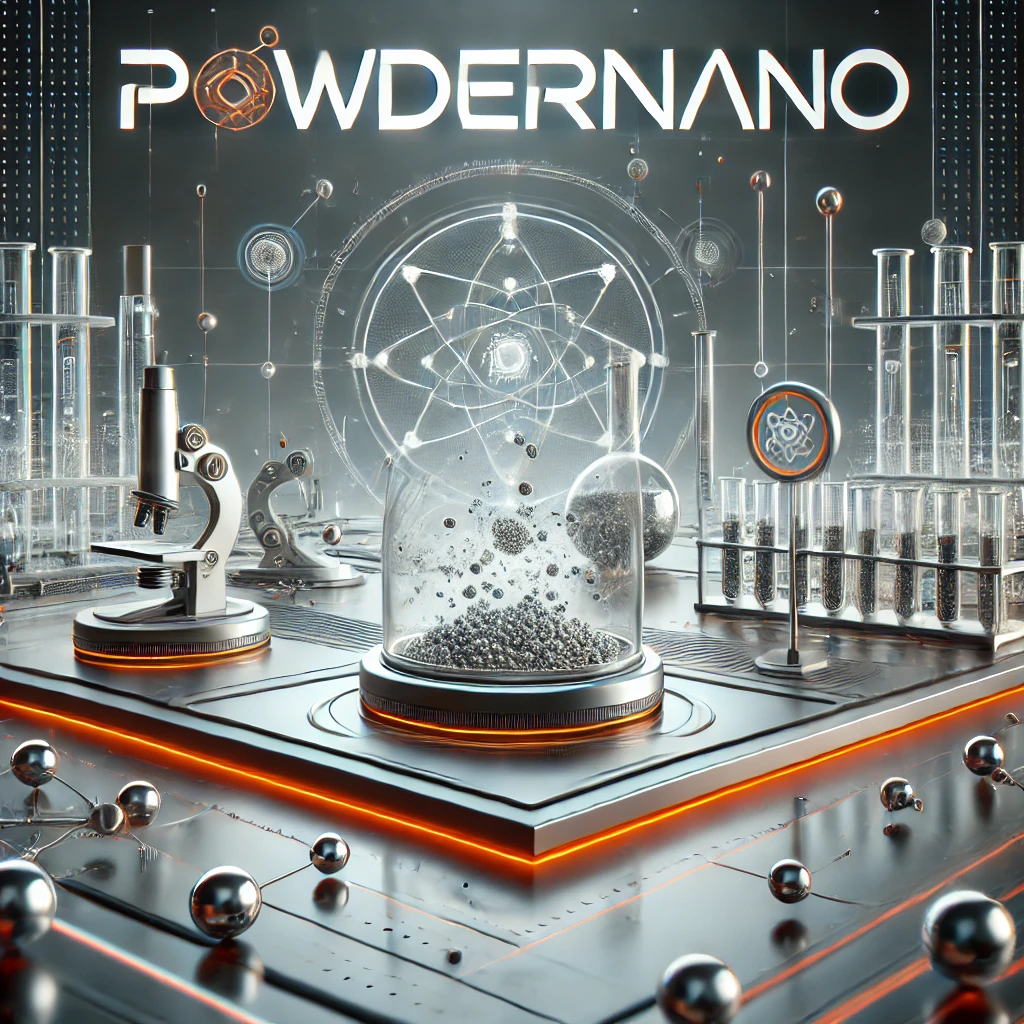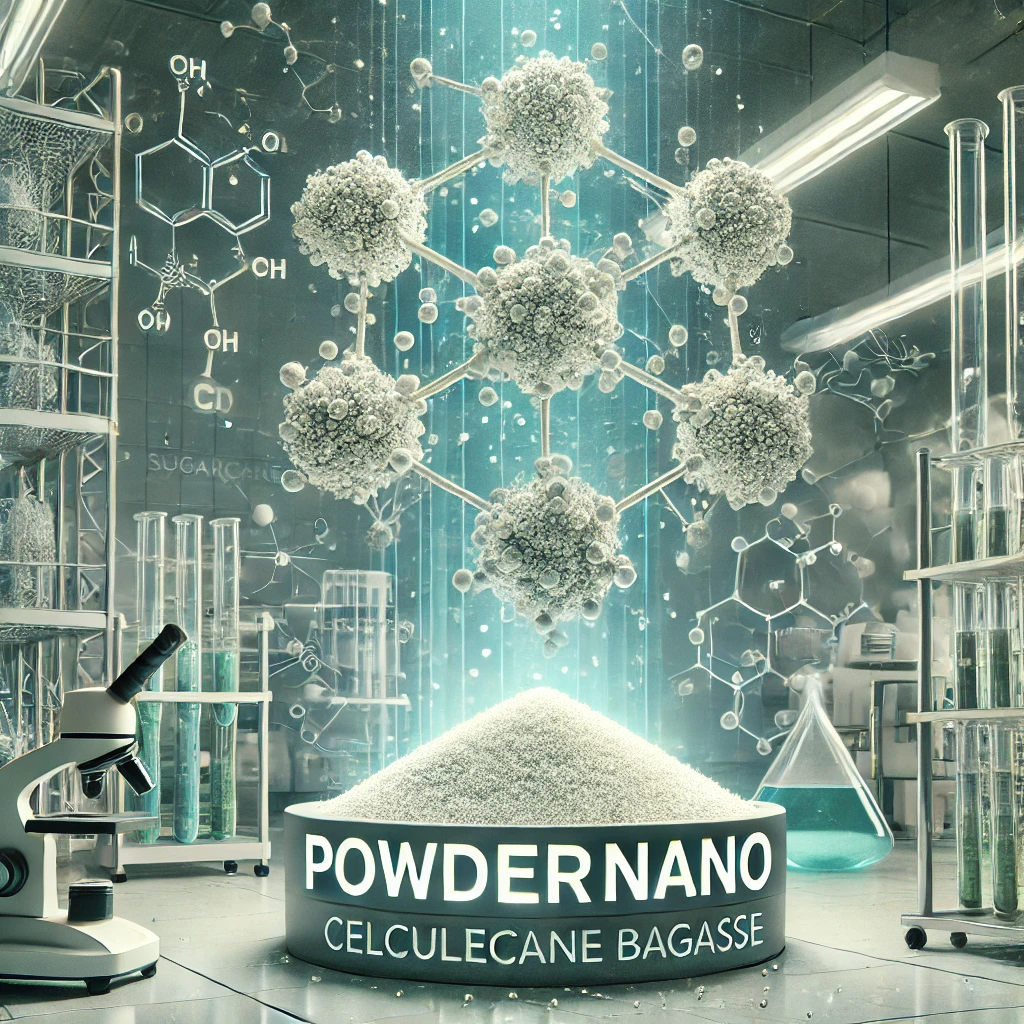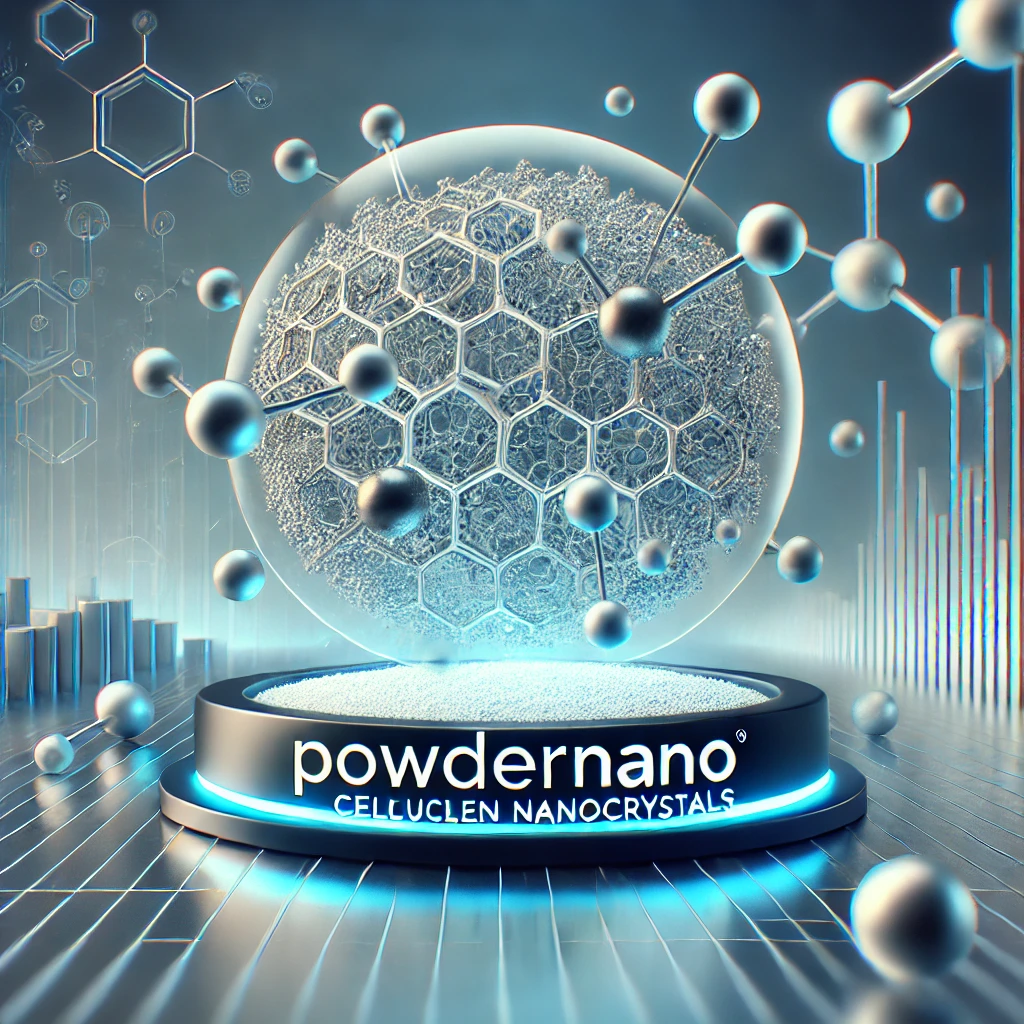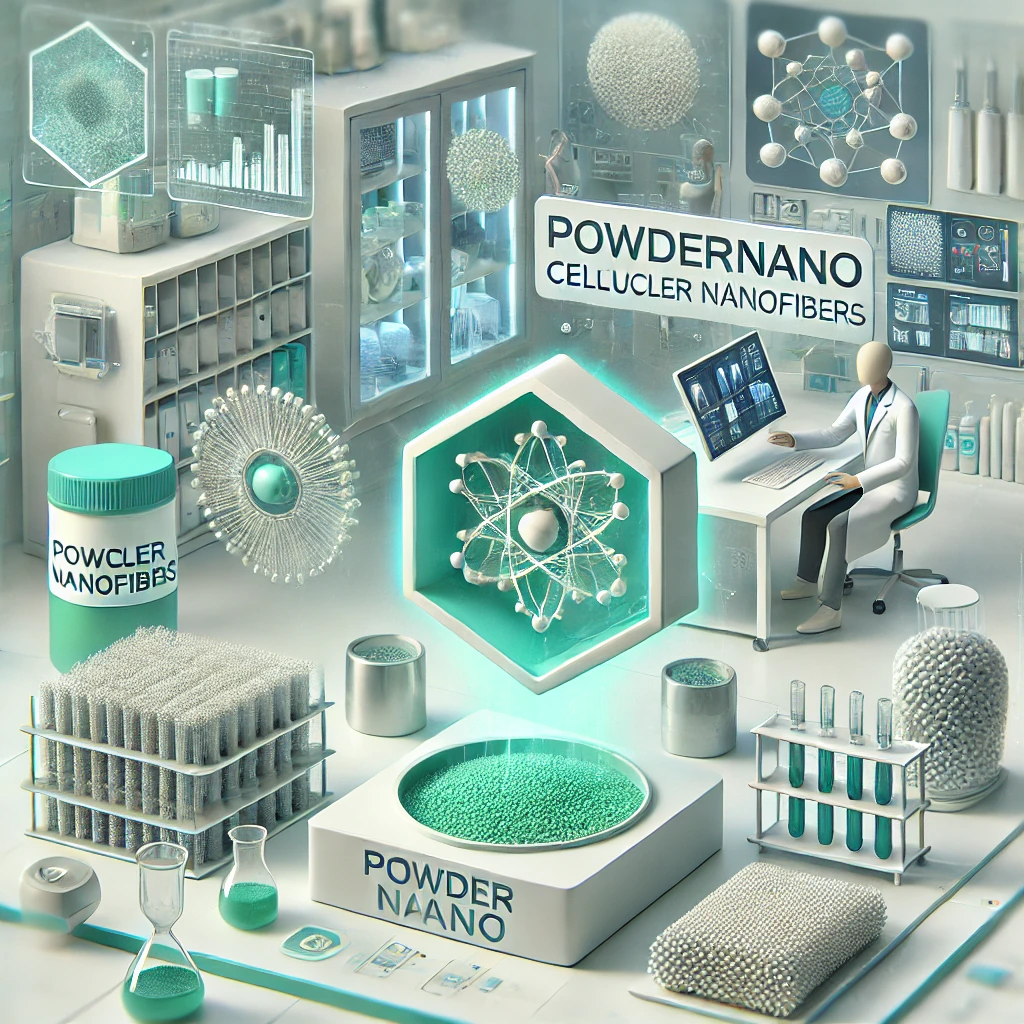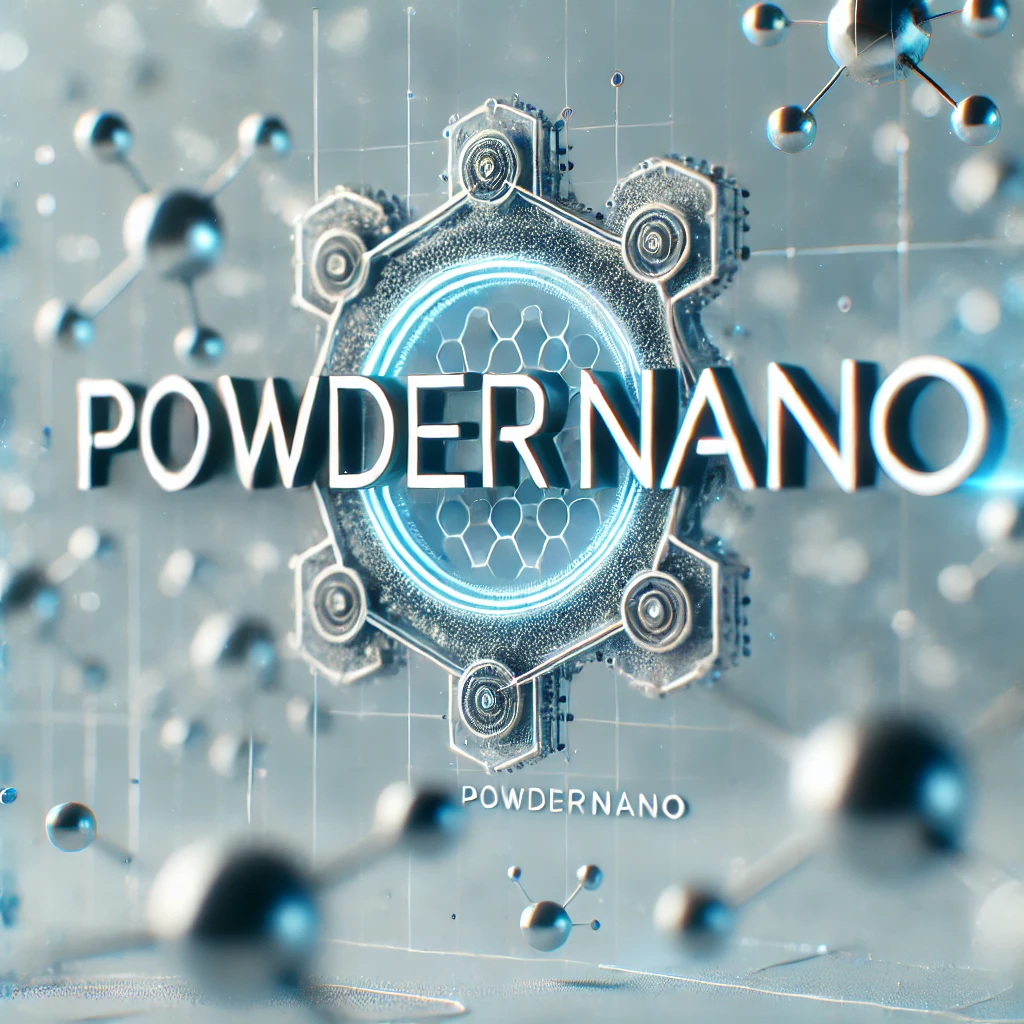Introduction
The growing emphasis on sustainability and eco-friendly materials has propelled cellulose nanofibers (CNF) to the forefront of materials research. Extracted from wood fibers, CNF is an ultra-thin form of cellulose that exhibits high mechanical strength, lightweight properties, transparency, and superior barrier characteristics. These unique attributes have positioned CNF as a key material in industries ranging from biomedicine to electronics, food packaging, and energy storage.
With advancements in processing technologies and increasing industrial adoption, Powdernano continues to supply high-quality cellulose nanofibers for next-generation applications.
- Understanding Cellulose Nanofibers
1.1 Composition and Structure
CNF is composed of nanosized fibrils with an exceptionally high aspect ratio (length-to-width), typically measuring 5-20 nanometers in width and several micrometers in length. These fibrils demonstrate pseudo-plastic and thixotropic properties, meaning they can change viscosity under mechanical agitation but revert to their original state once external forces are removed.
1.2 Sources and Production Methods
Cellulose nanofibers are commonly derived from wood pulp through various refining techniques, including:
- Microfluidization
- High-pressure homogenization
- Grinding
- Acid hydrolysis
- Oxidation methods such as TEMPO oxidation
These production processes yield nanocrystalline cellulose (CNC) or nano-fibrillated cellulose (NFC), depending on the level of processing and structural integrity of the fibers.
- Manufacturing of CNF
2.1 Initial Processing
The production of CNF begins with the extraction of wood chips, which are pulped at paper mills. The cellulose fibers undergo chemical treatments to break them down into thin segments before being subjected to high-pressure refining.
2.2 Advanced Refinement
To enhance fiber disintegration, ionic compounds and electrostatic repulsion techniques are used, loosening the structure and breaking the fibers into nano-scale dimensions. This results in CNF fibers that are highly transparent and permeable to light, making them ideal for biodegradable films and coatings.
- Key Properties of CNF
3.1 Mechanical Strength
CNF exhibits remarkable mechanical properties, making it comparable to Kevlar and superior to glass fiber. Some of its mechanical highlights include:
- Stiffness ranging from 140–220 GPa
- Strength exceeding 1.57 GPa
- A strength-to-weight ratio eight times greater than stainless steel
3.2 Barrier Capabilities
Due to its high crystallinity, CNF demonstrates excellent oxygen barrier properties. When incorporated into biodegradable packaging, it significantly reduces oxygen permeability, improving the longevity and freshness of packaged goods.
- A 790-fold reduction in oxygen permeability was observed when CNF layers were applied to polylactic acid (PLA) films.
- CNF-based coatings exhibit high cohesive energy, ensuring superior gas impermeability.
3.3 Hydrogels and Colloidal Applications
CNF-based hydrogels can form cholesteric liquid crystals, which enable their use in flexible electronics and smart coatings. These materials are also being explored for biomedical applications, including tissue engineering and regenerative medicine.
- Industrial Applications of CNF
4.1 Packaging and Paper Industry
- Enhances fiber bonding in paper products.
- Provides oil and grease resistance in food packaging.
- Enables the development of optically transparent and biodegradable paper.
4.2 Composite Materials and Coatings
- Reinforces bio-based plastics for sustainable applications.
- Strengthens thermosetting resins, rubber latex, and starch-based composites.
- Improves gas barrier and fire-retardant properties in hybrid cellulose composites.
4.3 Biomedical and Pharmaceutical Innovations
- CNF-based wound dressings promote faster healing and tissue regeneration.
- Used in surgical implants and regenerative medicine for bone tissue restoration.
- Functions as an excipient in pharmaceutical formulations for controlled drug release.
4.4 Energy Storage and Electronics
- Utilized in supercapacitors and lithium-ion battery separators.
- Integrated into biodegradable electronic substrates.
- Forms nanostructured fuel cell electrodes for high-efficiency energy storage.
- Global Market and Future Trends
5.1 Increasing Market Demand
The global market for CNF is expanding rapidly, driven by its eco-friendly nature, superior mechanical properties, and diverse applications. The demand for CNF is particularly strong in the biomedical, automotive, and food packaging industries.
- Japan leads the market with extensive use of CNF in consumer products such as disposable diapers, electronic speakers, and cleaning products.
- The U.S. Department of Energy has set targets for increasing bio-based chemical production to 50% by 2050, further fueling CNF adoption.
5.2 Challenges in CNF Production
Despite its potential, the high production cost of CNF remains a key challenge. However, advancements in enzyme-based processing and hybrid nanocellulose production are expected to reduce costs and expand its industrial applications.
- Biomedical Applications of CNF
6.1 Wound Healing and Skin Repair
CNF-based hydrogels and dressings provide high moisture retention, antimicrobial properties, and superior biocompatibility, making them ideal for:
- Burn treatments
- Surgical wound care
- Skin grafting procedures
Animal studies have demonstrated that CNF accelerates cell proliferation and wound contraction, leading to faster tissue regeneration.
6.2 Bone Tissue Engineering
CNF composites enriched with hydroxyapatite have shown promise for bone tissue regeneration. These materials exhibit:
- High osteoblast adhesion
- Improved bone cell differentiation
- Faster mineralization for bone healing
6.3 Antimicrobial Nanomaterials
CNF serves as a nanostructured delivery system for antibiotics and antimicrobial agents, ensuring:
- Effective infection control in medical implants
- Extended-release drug delivery applications
- Future Innovations and Sustainable Growth
7.1 Functionalization of CNF for Advanced Applications
Emerging research is exploring fluorescent CNF modifications, enabling their use in:
- Biosensors
- DNA nanocarriers
- Smart biocompatible materials
7.2 CNF in Next-Gen Electronics
Biodegradable CNF films are being developed as substrates for flexible displays, solar cells, and triboelectric generators, paving the way for sustainable consumer electronics.
7.3 The Role of Powdernano in CNF Advancements
As an industry leader, Powdernano is committed to advancing CNF research and production, offering high-quality nanocellulose solutions for industrial and commercial applications.
Conclusion
Cellulose nanofibers are revolutionizing materials science with their high strength, lightweight nature, and sustainability. Their applications in packaging, biomedical research, energy storage, and electronics are rapidly expanding, ensuring their long-term viability in the global market.
With ongoing technological advancements and increased industrial adoption, CNF will continue to play a crucial role in shaping the future of sustainable materials. Powdernano remains dedicated to providing innovative CNF solutions that drive progress across multiple industries.
https://powdernano.com/product/cellulose-nanocrystal-nanocrystalline-cellulosecnc/
